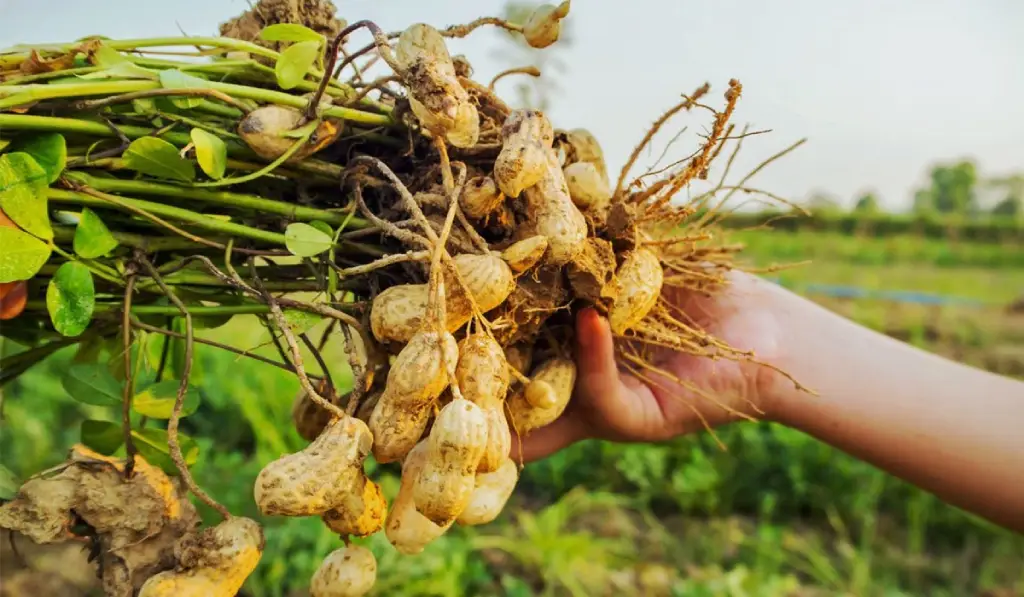
In 2023, the peanut market exhibited notable stability despite confronting challenges from global economic uncertainties and the ongoing recovery from the COVID-19 pandemic.
Despite these hurdles, the global demand for peanuts continued to thrive, with consumption on the rise in various regions. The cultivation of peanuts worldwide is extensive, with projections, even on the conservative side, indicating a potential global cultivation of 68 million mt by 2050, according to the UN's Food and Agriculture Organization.1
Despite the availability of various nut options and the introduction of innovative peanut products such as cold-pressed peanut oil, there exists the possibility that consumers may explore more cost-effective alternatives in the future. It is noteworthy that, post-COVID-19, consumers prioritize health over price, displaying a willingness to invest more in value-added peanut products for health-conscious reasons.
This resilience in the peanut market was reinforced by a substantial increase in global peanut production, ensuring a steady and well-supplied market. The worldwide appetite for peanuts remained strong, exhibiting an upward trend in consumption across multiple regions.
Brazilian peanuts have been gaining market share—and are expected to continue advancing—because Brazil is one of the few producers with room to expand cultivation areas, favorable climate, and production technology, while also improving the quality of the crop. This information comes from the Brazilian Association of the Chocolate, Peanut, and Candy Industry (Abicab) and sectors of the production chain.2
Between 2019 and 2022, national peanut production increased by 60%, reaching almost 900,000 tons. In 2022 alone, peanut exports amounted to 285.6 thousand tons, generating a revenue of US$ 333.4 million and placing the country in the 6th position in the world exporter ranking. India leads the ranking, surpassing Argentina last year.3
A figure that illustrates the progress of Brazilian peanuts abroad is the number of countries buying the product. Since 2010, it has more than doubled, increasing from 53 to 115, according to Abicab.
According to a study by the Institute of Agricultural Economics (IEA), approximately 85% of the total exported peanuts were destined for 12 countries: Russia, Algeria, Netherlands, United Kingdom, Spain, Poland, Colombia, Turkey, Ukraine, South Africa, Australia, and the United Arab Emirates.4
In 2023 Brazil records a growth of 10.41% in the planted area of peanuts, with the total plated area expected to grow more 14,80% in 2024, according to data from CONAB (Brazilian National Supply Company).5
The legume, once secondary in rotation with sugarcane, now stands out as a profitable option for producers, driven by international demand.
Currently, about 60% of the national production is exported, solidifying the country as one of the major exporters of peanuts and its oil.6
If you looking to import peanuts from Brazil in 2024, Prime Peanuts is your supply partner for high-quality peanuts.
We work side by side with top brazilian producers to offer high quality peanuts for any country or region in the world.
Get in touch to get more information: + 55 16 99162-9475 (WhatsApp) or benedito.sinastre@primepeanuts.com.br
Sources for this article:
1 https://www.mundus-agri.eu/news/peanuts-consumers-prioritize-health-price.n32131.html
2 https://www.abicab.org.br/paginas/estatisticas/amendoim/
4 http://www.iea.agricultura.sp.gov.br/out/TerTexto.php?codTexto=16115
5 https://oglobo.globo.com/economia/noticia/2023/10/03/muito-alem-da-soja-brasil-se-destaca-na-exportacao-de-amendoim-com-alta-de-40percent-em-3-anos.ghtml
6 https://www.conab.gov.br/info-agro/safras/serie-historica-das-safras/itemlist/category/899-amendoim